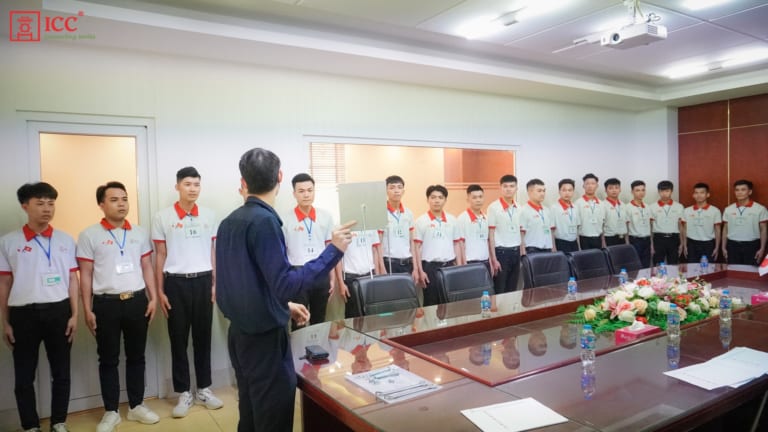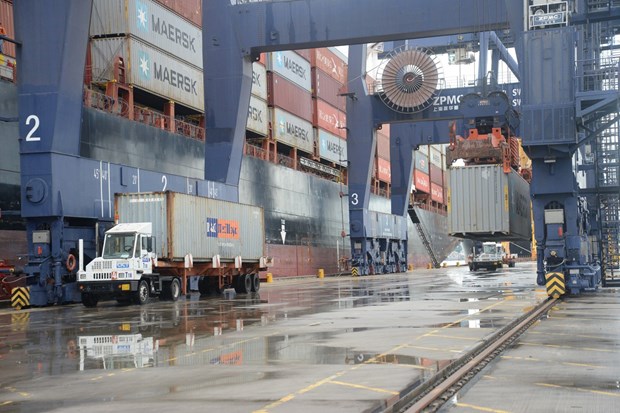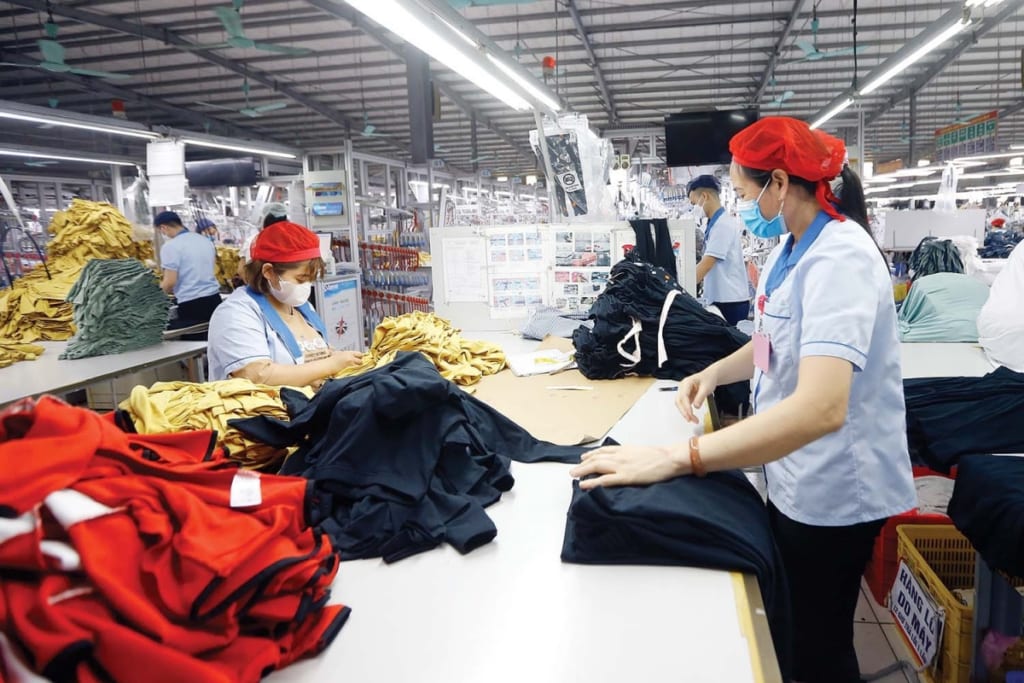As Vietnam continues its rapid economic growth, vocational programs in Vietnam play a critical role in shaping a workforce ready for global demands. These programs are designed to equip Vietnamese workers with the hands-on skills required across various industries, enabling them to compete on an international level. This in-depth analysis explores the history, evolution, and future of vocational education in Vietnam, focusing on its alignment with both domestic and global market needs.
1. Historical Development of Vocational Programs in Vietnam
The journey of vocational education in Vietnam has transformed significantly over the past few decades. Initially, the educational system prioritized academic subjects, with limited attention to practical skills training. However, as Vietnam opened up to foreign investment and trade, the demand for a skilled workforce grew rapidly, sparking the development of vocational programs in Vietnam.
From Theory to Practical Skills
In the early 2000s, the Vietnamese government recognized the need to shift toward skill-based education. This led to increased investment in vocational schools and training centers nationwide. The primary goal was to address the skills gap in industries like construction, manufacturing, and services, providing students with direct pathways to employment.
Example in Construction and Trade Skills
As urbanization surged, so did the need for qualified tradespeople. Vocational training programs introduced courses in welding, plumbing, and electrical work, meeting the infrastructure demands while creating job-ready graduates for the construction sector.
2. Alignment with Global Standards in Vocational Training
Vietnam’s integration into the global economy required that its vocational training programs meet international standards. Many vocational programs in Vietnam began collaborating with foreign organizations and multinational companies to bring training quality in line with global expectations.
International Partnerships and Certifications
By forming partnerships with global education providers, vocational schools in Vietnam enhanced their curriculum, offering internationally recognized certifications in fields such as electronics, mechanical engineering, and IT. This alignment allowed Vietnamese workers to gain the qualifications needed to work in highly regulated global industries.
Case Study in Electronics
Samsung, Intel, and other tech giants partnered with Vietnamese vocational institutions to create training programs specific to electronics manufacturing. These collaborations ensured that students graduating from these programs possessed technical skills compatible with international production requirements.
3. Key Industries Supported by Vocational Programs in Vietnam
Vocational programs in Vietnam have played a major role in sustaining key industries that drive both local and global growth. The training provided supports workforce readiness in sectors crucial to Vietnam’s economy and exports.
a. Manufacturing and Electronics
Manufacturing, especially in electronics, is one of Vietnam’s fastest-growing sectors. Vocational programs equip workers with skills in assembly, machine operation, and quality assurance. This foundational training is essential for Vietnam’s role in the global electronics supply chain.
Example of Practical Impact
With training programs in partnership with companies like Panasonic and LG, vocational schools teach students to handle advanced electronics equipment, ensuring that graduates can operate in both local and international manufacturing environments.
b. Construction and Infrastructure
As the nation develops its urban centers and infrastructure, vocational programs in Vietnam provide workers skilled in construction, trades, and project management. This training is essential for meeting the high standards of safety and efficiency required in the construction industry.
Real-World Applications
Major infrastructure projects, from roadways to high-rise buildings, rely on vocational graduates trained in masonry, electrical work, and carpentry. The hands-on skills gained ensure that projects meet safety standards and deadlines, helping Vietnam meet both domestic and international construction needs.
c. Hospitality and Tourism
With tourism as one of Vietnam’s primary economic drivers, there’s a strong demand for skilled hospitality workers. Vocational programs offer practical training in hotel management, culinary arts, and customer service, preparing graduates to meet high service standards.
Industry Collaborations in Hospitality
In partnership with hotel chains like Accor and Marriott, Vietnamese vocational programs offer specialized courses in hospitality. Students receive real-world experience that prepares them to deliver international-quality service in hotels, resorts, and tourist facilities.
4. Meeting Global Market Demands through Flexible Vocational Training
Vocational programs in Vietnam have developed the flexibility to adapt quickly to industry changes, creating new training programs as market demands evolve. This adaptability enables Vietnam to provide a workforce that’s ready for emerging industries.
Adaptation to New Industry Needs
Industries such as renewable energy and digital services have seen rapid growth globally. Vietnamese vocational programs have responded by introducing new courses, including green energy skills, digital literacy, and IT proficiency, to meet these demands.
Example in Renewable Energy
Vietnam’s increasing role in green energy, especially solar and wind, has led vocational schools to introduce courses in solar panel installation and wind turbine maintenance. This training equips students with skills needed to enter these sustainable industries, positioning Vietnam as a player in the global shift toward renewable energy.
5. Closing Skill Gaps with Specialized Vocational Programs
Emerging industries, like information technology and high-tech manufacturing, require specific skill sets that traditional education paths may not cover. Vocational programs in Vietnam fill these gaps by offering targeted training for sectors with high demand for skilled workers.
Bridging the Gap in Tech Skills
Digital transformation has created new opportunities but also highlighted a skill gap in digital literacy and technical expertise. Vocational schools are now offering specialized training in coding, data analysis, and network security, helping bridge the divide between current skill levels and industry requirements.
Example in IT and Data Analysis
With Vietnam’s tech industry growing rapidly, vocational programs have introduced courses in software development, cybersecurity, and data analysis. These skills prepare graduates for roles in both Vietnamese startups and multinational tech companies, strengthening the nation’s technology sector.
6. Government Support for Vocational Programs in Vietnam
The Vietnamese government has been instrumental in promoting and supporting vocational education, investing in the modernization of schools, updating curriculums, and creating international partnerships. Vocational programs in Vietnam benefit from this support, which ensures their continued relevance in a globalized job market.
Government Initiatives for Skill Development
Through initiatives aimed at boosting the quality of vocational education, the government funds modern training facilities, establishes partnerships, and promotes internationally recognized certifications. These programs ensure that Vietnamese vocational schools can maintain high standards and adapt to evolving industry needs.
Future Outlook for Government Support
With government backing, vocational programs will focus on emerging fields such as artificial intelligence, robotics, and sustainable manufacturing. This proactive approach keeps Vietnam’s workforce ahead in high-demand areas, ensuring that workers can meet future global market needs.
7. The Future Direction of Vocational Programs in Vietnam
As industries shift, vocational education will play an even larger role in preparing Vietnam’s workforce. The future of vocational programs in Vietnam includes expanding into digital transformation, sustainable practices, and advanced manufacturing, preparing Vietnamese workers for a technology-driven global economy.
Preparing for Industry 4.0
Automation, artificial intelligence, and digital tools are reshaping business landscapes. Vietnamese vocational programs are integrating these topics into their courses, providing students with the advanced technical skills needed for future industries.
Example of Future-Focused Training
Vocational schools are introducing training in Internet of Things (IoT) applications, robotics, and data science. This equips students with the skills to work in modernized industries, keeping Vietnamese workers competitive in a tech-driven global market.
Conclusion
Vocational programs in Vietnam have evolved to meet both domestic and international labor demands, supporting major industries such as manufacturing, construction, hospitality, and renewable energy. These programs play a pivotal role in preparing Vietnamese workers with the hands-on skills required for success in today’s competitive global job market.
With continued support from the government and strong industry partnerships, vocational training in Vietnam will remain a driving force in the country’s economic growth. As new industries emerge, these programs will provide workers with the practical skills needed to thrive in a rapidly evolving global economy.




